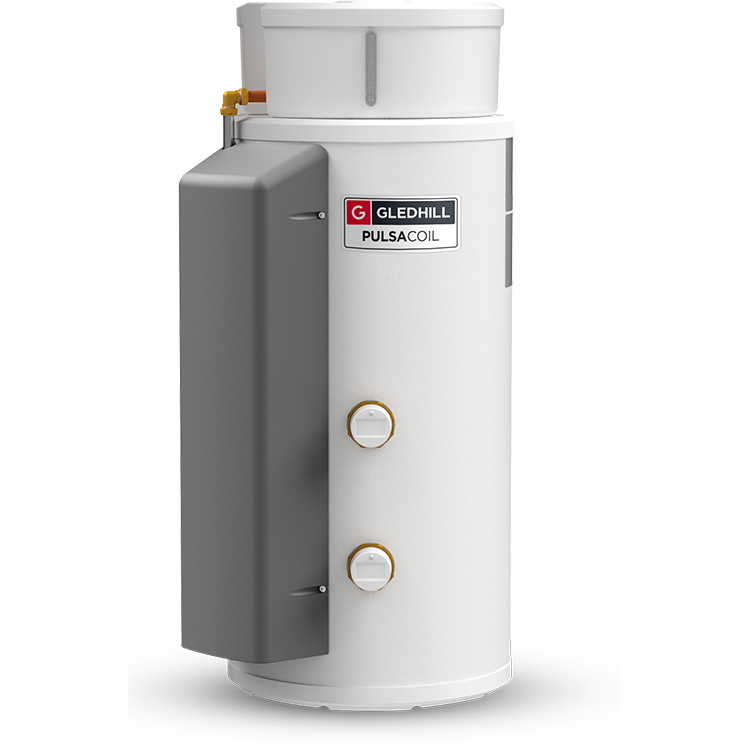The Gledhill Pulsacoil is a popular choice for heating and hot water systems in homes and businesses. It boasts efficient performance, compact design, and easy installation compared to traditional boilers. In this section, we will delve deeper into the components and design of a Gledhill Pulsacoil to understand how it works.
The Components of a Gledhill Pulsacoil :
- 1. Cylinder – The main component of the Gledhill Pulsacoil is its cylinder. Made from high-grade stainless steel, it stores water that is heated by the electric immersion heater located at the bottom.
- 2. Immersion Heater – This element heats the water in the cylinder using electricity. It has two thermostats that regulate temperature and turn off when the set temperature is reached.
- 3. Heat Exchanger – A vital component of the Pulsacoil, the heat exchanger transfers heat from an external source (such as solar panels or a boiler) to heat up water in the cylinder.
- 4. Motorized Valve – This valve controls whether hot water should be supplied to either taps or radiators by directing it through different pipes.
- 5. Expansion Vessel – As water heats up, it expands, creating pressure within the system. The expansion vessel helps regulate this pressure by providing extra space for expanding water.
- 6. Pump – The pump circulates hot water from the top of the cylinder into radiators or taps when needed.
- 7.Ball valves – These valves control incoming cold water supply and outgoing hot water flow.

So how is a Gledhill Pulsacoil Designed?
The design of a Gledhill Pulsacoil takes advantage of thermal storage principles to provide both heating and hot water without needing a separate boiler unit. Here’s how it works:
- 1.A thermostat inside detects when there’s demand for hot water in your building e.g., When you open faucets or turn on radiators.
- 2.The motorised valve opens up based on which demand was detected- For example if you turned on your hot water tap, the motorised valve will allow cold water in the cylinder to be heated by the immersion heater.
- 3. When there’s a heating demand, the motorised valve directs hot water from the top of the cylinder into radiators through an indirect coil (heat exchanger), and when there’s hot water demand, it allows water directly into taps.
- 4. The pump then circulates hot water provided by either heating or direct supply to where it is needed throughout your building.
- 5.The expansion vessel ensures that pressure within the system does not exceed safe levels while ball valves control incoming and outgoing flow of cold and hot waters respectively.
Gledhill Pulsacoil boasts innovative design and well-placed components that work together to provide efficient heating and hot water solutions for homes and businesses alike. With its compact size and easy installation, it has become a popular choice among consumers.
